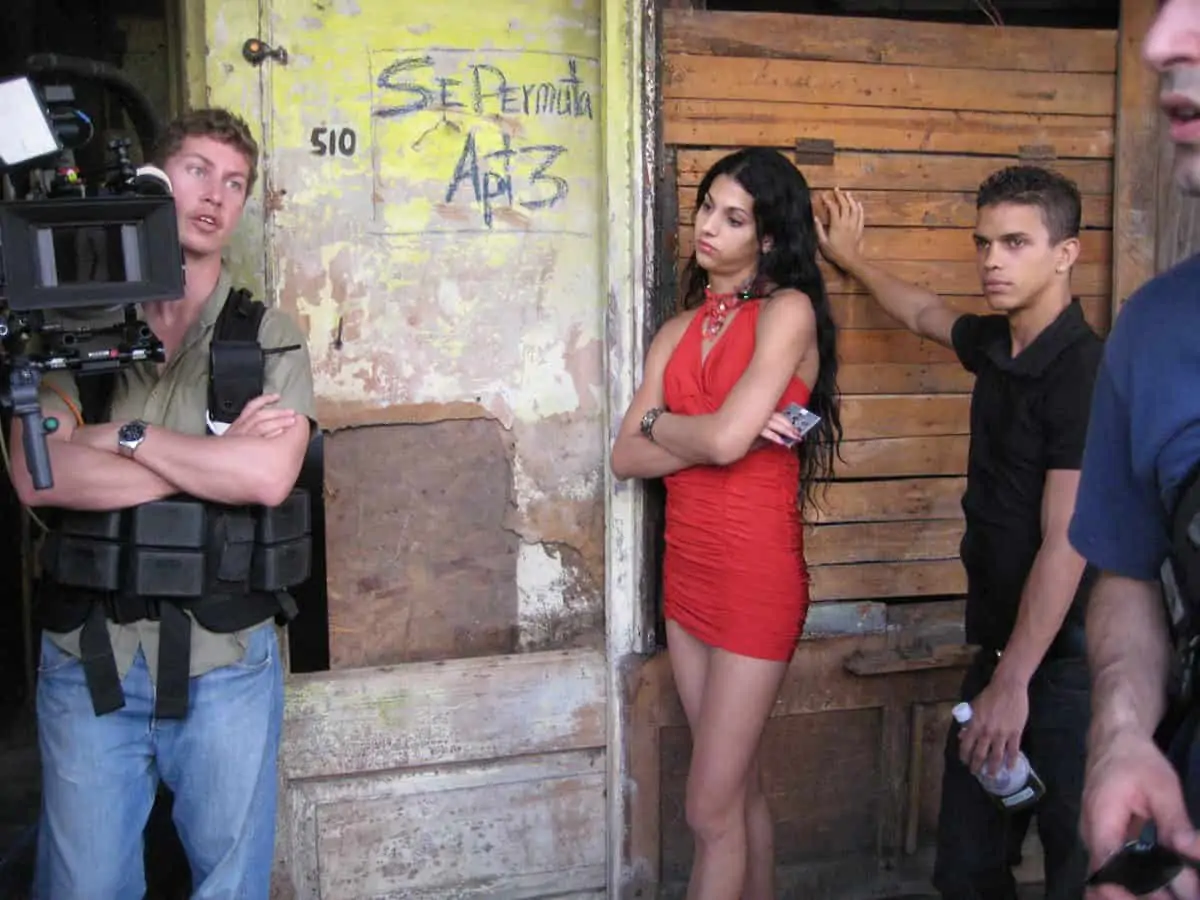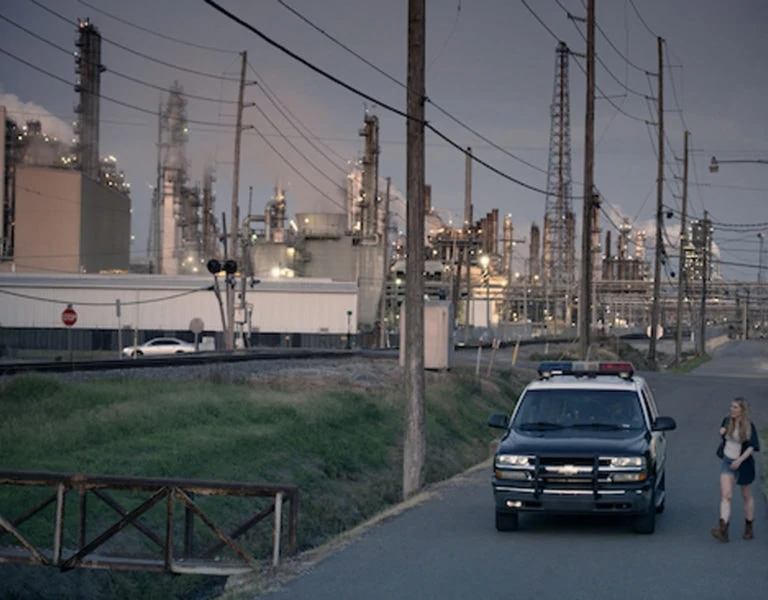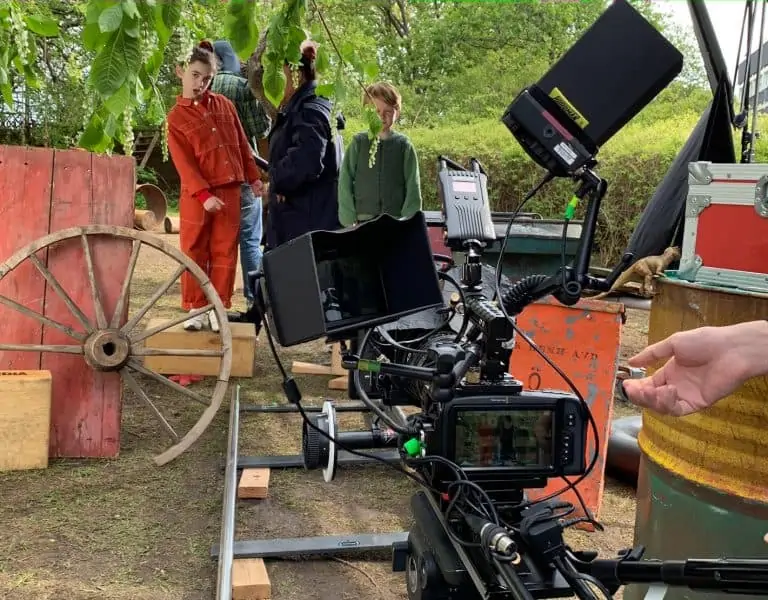True Heroine
Trevor Forrest / Noble
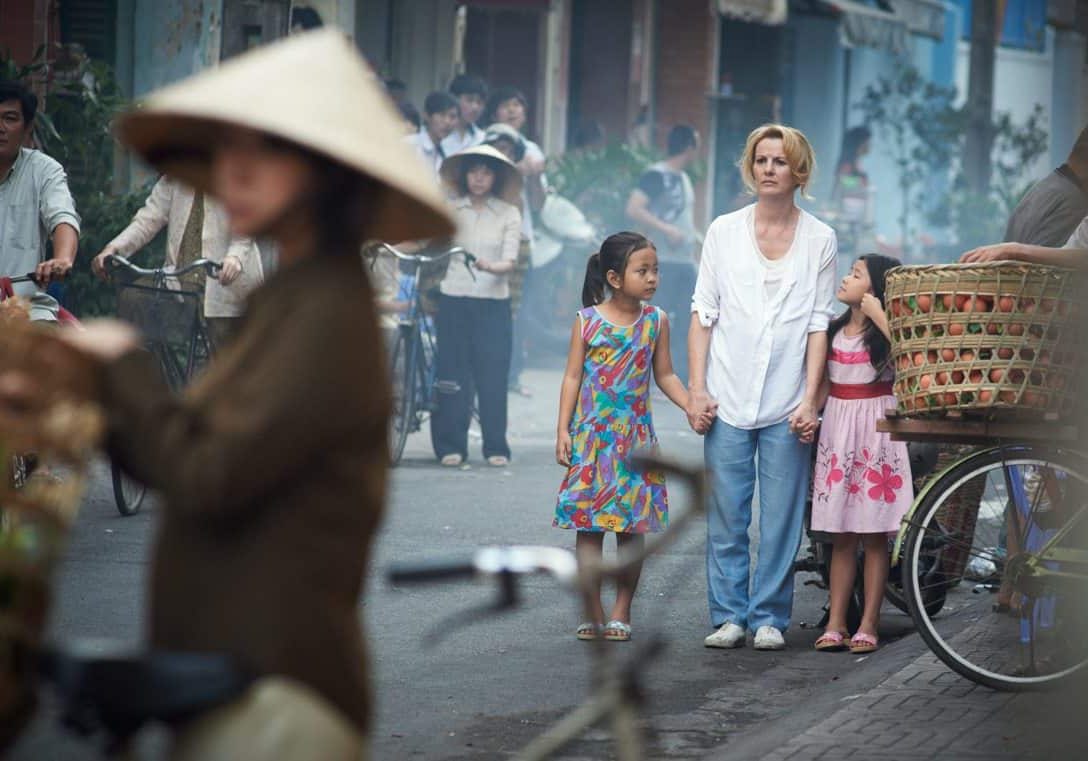
True Heroine
Trevor Forrest / Noble
Having a dry run to make sure everything works is an ideal, but in some situations it’s just not practical. This is too often the case in filmmaking, where budgets, locations, actor and crew availability, not to mention logistics, make having a try-out difficult.
Cinematographer Trevor Forrest had the luxury of some additional preparation on the soon-to-be-released Noble, due to his background in stills photography and a little help from the line producer.
The forthcoming film is based on the true story of Christina Noble OBE, the Irish children's rights campaigner, charity worker and writer. Noble survived a deprived and abusive early life in Ireland and England during the 1950s and ‘60s. Her life changed in 1971 when she had a dream that she was in Vietnam, where children under napalm attack were asking her for help. Twenty years later she went there, set up the foundation that bears her name, and has since helped over 700,000 street, abandoned or orphaned children, both on Vietnam and also in Mongolia. On October 13th 2014, Noble was presented with The Woman of the Year Prudential Lifetime Achievement Award, to a standing ovation.
Noble falls into one of the two very different styles of film that Forrest has made in his career. On the one side are the inventive horror films of director Jon Wright and upcoming TV series Deadbeat, about a slacker medium. The other is characterised by what Forrest calls, "going to crazy, far-flung places and making movies”. Una Noche (2012), shot in Cuba, is in the second category. This won him, and Shlomo Godder, the best cinematography award at the Tribeca Film Festival. It also brought Forrest to the attention of film funding specialist Lenny Crooks, who introduced him to the producer and director of Noble, Melanie Gore-Grimes and Stephen Bradley.
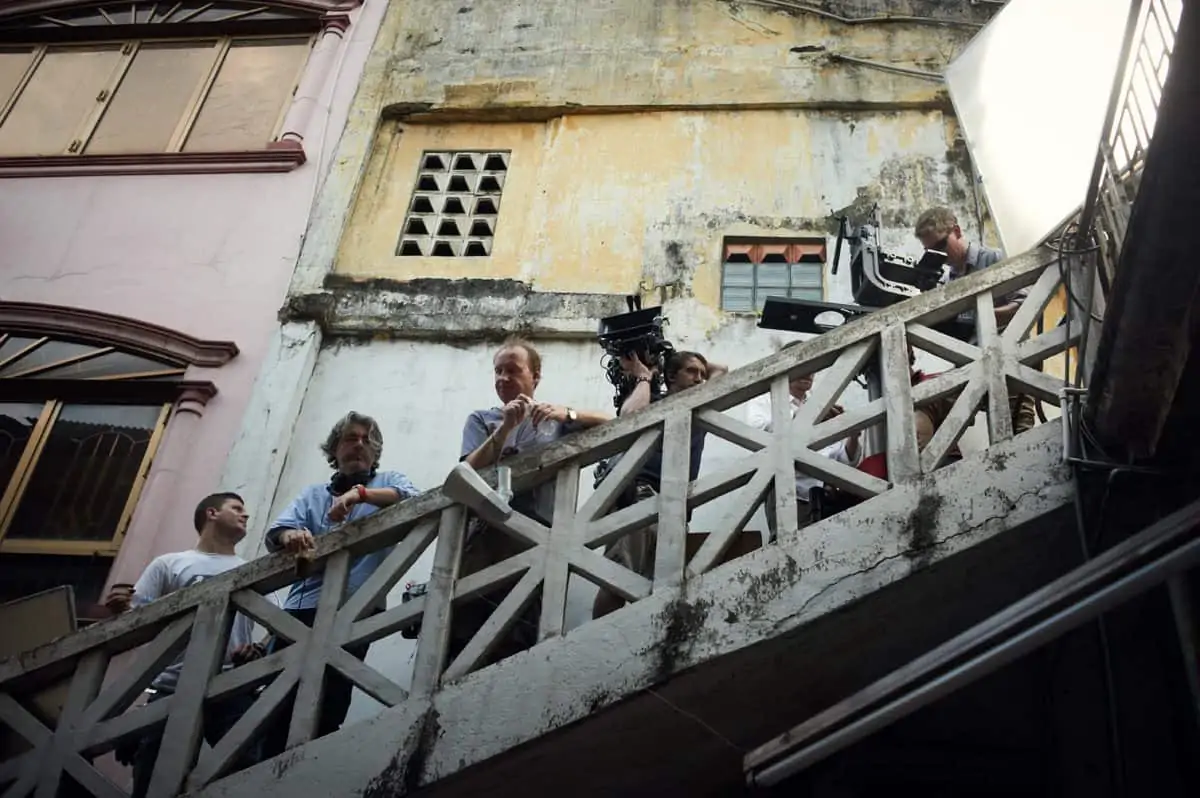
Soon after that first meeting the three went to Vietnam to see if that part of the shoot could work. There, Forrest's stills experience came in. "The idea was that we needed to shoot on film," he says. "I went to Fuji and Kodak and said, give me five different stocks, each wound into stills canisters. I took my Nikon FM2 with a bunch of lenses, shot stills on motion picture film and brought them back to Technicolor for grading."
This, he explains, illustrated colour shifts and contrasts on location and gave him that all-important head start. "Vietnam was always going to be the challenge," Forrest says. "But that's why we did ten days of reconnaissance and checking out filmstocks, which was priceless. It was the brainchild of Nick Laws [line producer] and he had the foresight to spend some of the budget to take me, the producer and director to a place we'd never been to and practice. By the time we came back I had made all my creative decisions on film, filters and lenses and had discussions about how we would shoot it as well."
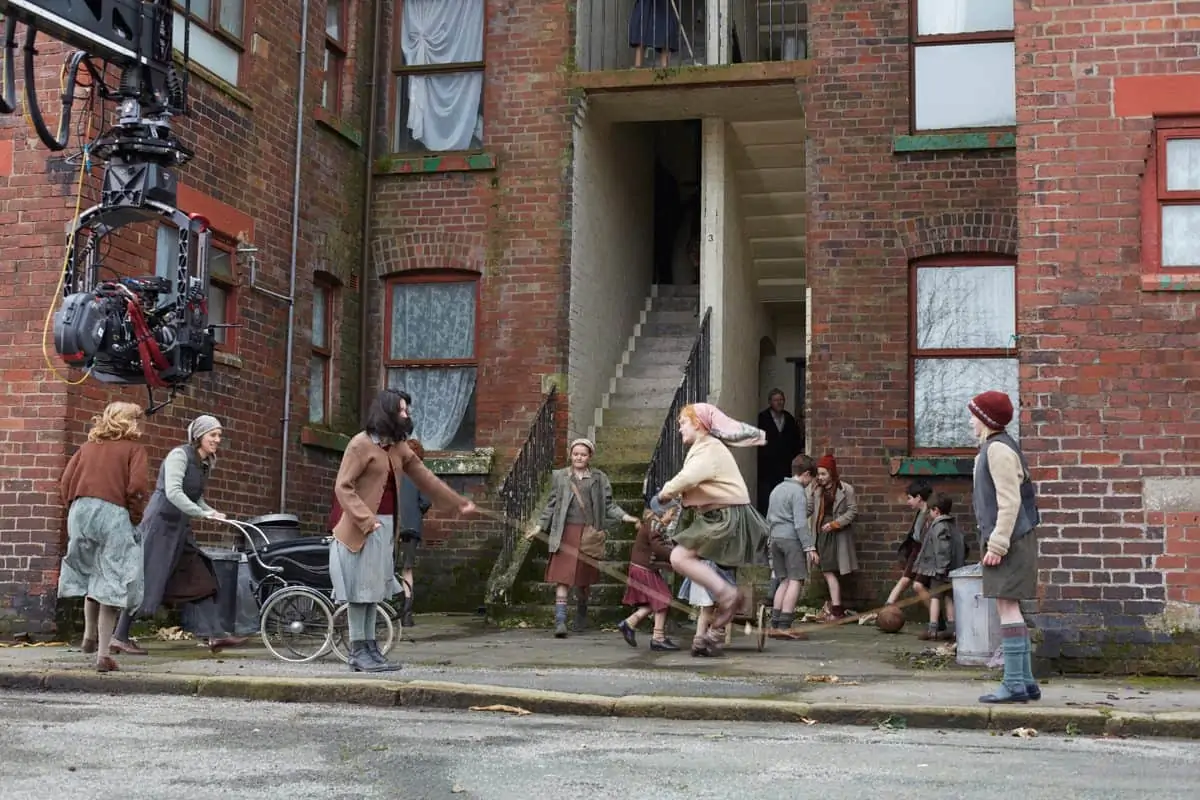
Vietnam in the 1980s is the setting for the story of the adult Christina Noble, played by Deirdre O'Kane. Forrest says the intention was to contrast this period – which is shot in soft tones with lower contrast and a palette of greens, burgundies, blues and cyans – with the grittier sequences in ‘50s Ireland and the more vibrant, hopeful period in ‘60s Birmingham.
"For the 1950s we chose Fuji Vivid stock because it was based on reversal stocks, which were hard, cold blue-blacks, strong contrast, very sharp, fantastic colour for rendition of skin tones," Forrest says. “It felt very real because a kid's story in winter in the 1950s in nunneries and monasteries in Ireland could easily feel romanticised. What I wanted to do was bring all the harsh reality and enable Vietnam to be softer.”
The ‘60s sequences features Sarah Greene as middle-period Christina. Forrest says the aim was to "play up" the romanticism of the period, with the clothes, make-up and music, by using low contrast 400 ASA Fujifilm. "The two ends of the story were harsher and in the middle was this beauty element of the ‘60s," he says. The pivotal dreams were based on stock footage of the Vietnam War, colour corrected and cleaned up by Paul Ensby, head of grading at Technicolor. "Some of that was a real mess and unwatchable until he got his hands on it," Forrest observes.
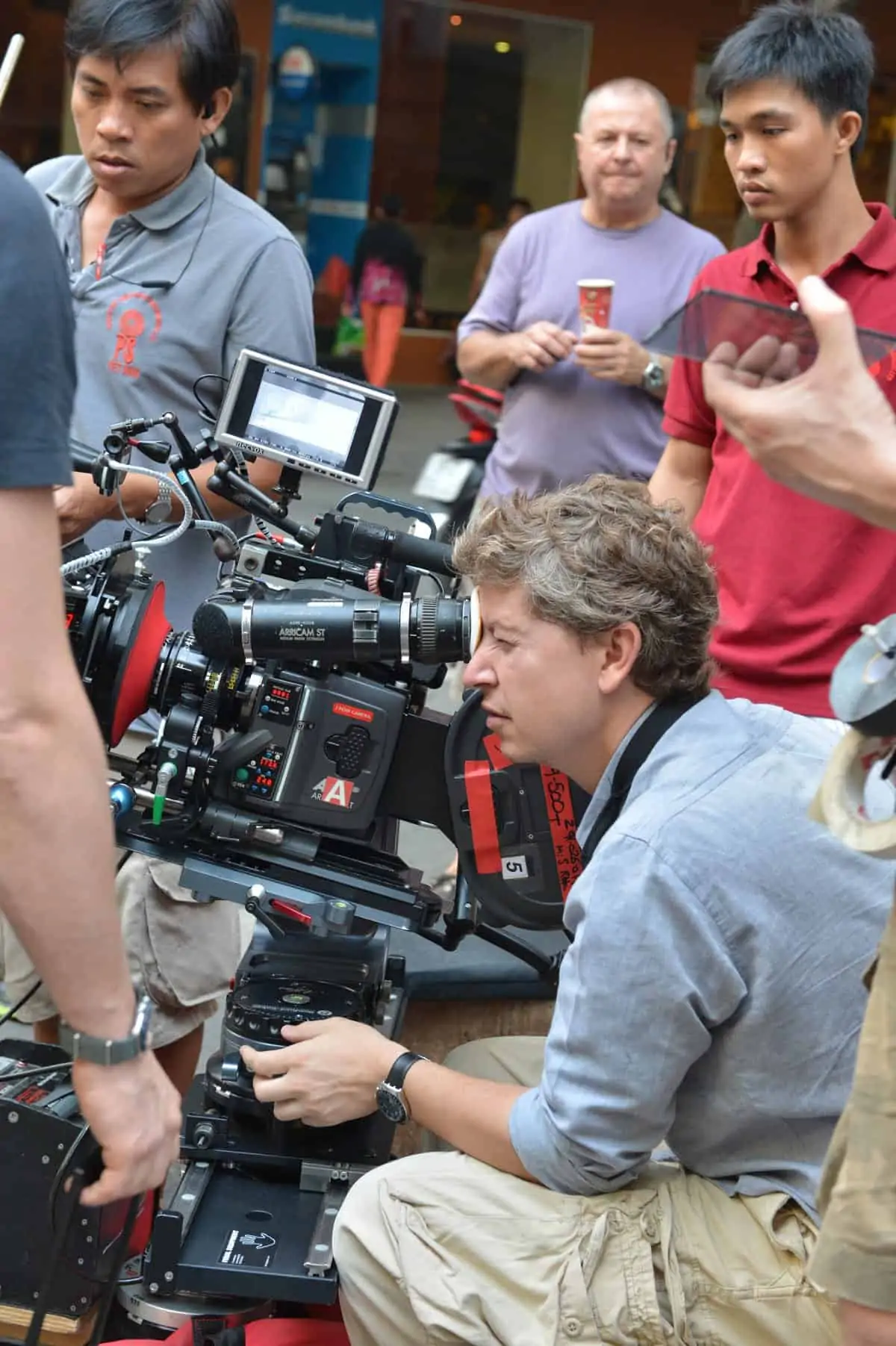
"For the 1950s we chose Fuji Vivid stock because it was based on reversal stocks, which were hard, cold blue-blacks, strong contrast, very sharp, fantastic colour for rendition of skin tones."
- Trevor Forrest
The non-Vietnam portions of the film were shot in England, with Liverpool standing in for Dublin, where Christina and her siblings lived with their parents. Barrow-in-Furness in Cumbria was utilised to substitute for the time in West Ireland, where Christina lived in an institution after her mother died. Liverpool also impersonated Birmingham, where Christina lived in the ‘60s.
Specific lighting and camera movement were also used to convey the period and atmosphere of each section. "Cristina Casali [production designer] did an amazing job, especially in the ‘50s sections when there was so much detail to look at," Forrest comments. "In terms of making a look for that we decided to shoot it almost all by candlelight or electric light approximation. Eddie Knight, my gaffer, and his sons, James and Lee, were our lighting team and they used little pea bulbs, about 50-60W, behind the candles."
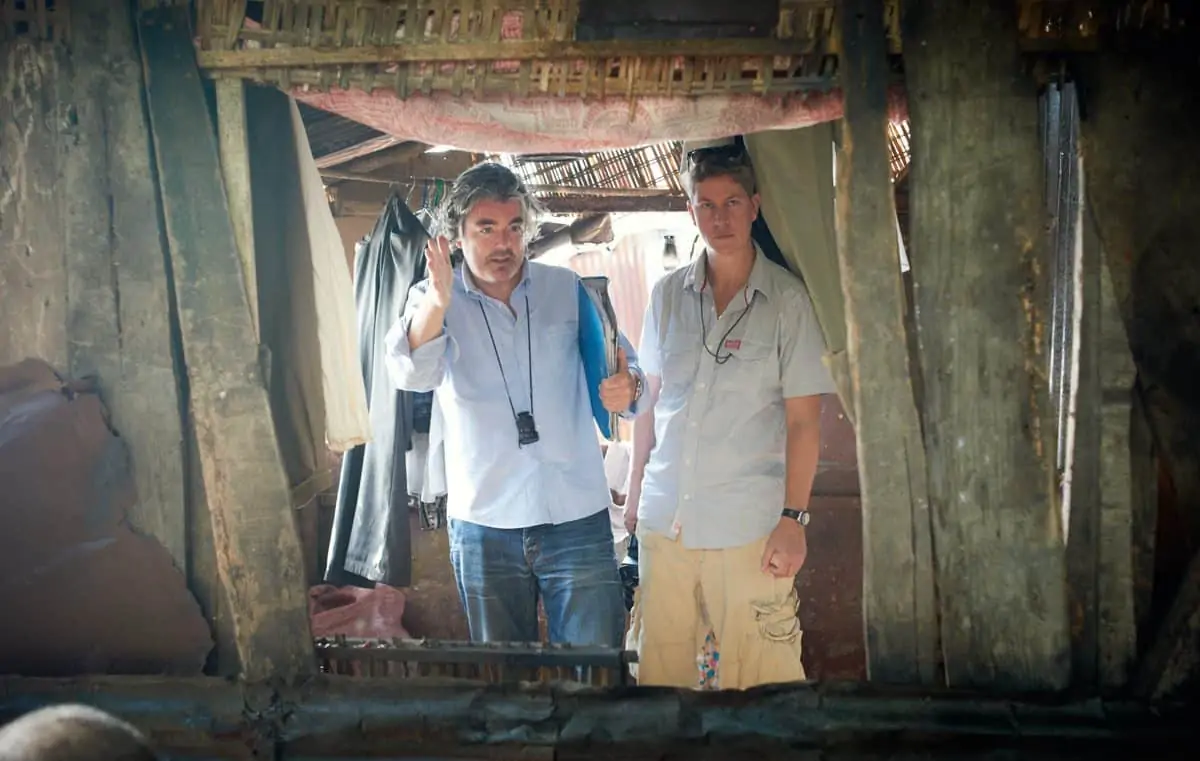
Forrest chose Panavision lenses, deciding that Primos would be the most solid and "disciplined" for the ‘50s’ sequences. Small 1980s Panavision zooms were used in Vietnam to, make everything "as fluid and as live as possible” and to convey the life and vivacity of the ‘60s.
The Vietnam shoot was done on an XL camera, operated by Forrest. Second unit work was delivered by Cosmo Campbell, and Rick Woollard did some operating in Liverpool, which was A-camera and cranes.
Technocranes (30 and 50-ft) and Steadicam were used for the ‘50s’ sections to convey the joyous freedom of childhood, despite the young Christina (played by Gloria Cramer Curtis) growing up in a slum.
"In the ‘60s we already had the zoom lenses, so we just used a dolly track," Forrest says. "In Vietnam we wanted to be on the ground, even if we were attaching the camera to a car – that would be our way of moving it. We did a few more balletic scenes, but we were a lightweight crew. Chris Rusby, my grip, used this fantastic Ronford bazooka kit with skateboard wheels on it and his slider rig was great."
With Noble due for release soon, Forrest is in discussion to work on another biopic, this time a multi-part mini-series for HBO. Which, after this project, is something he's probably well prepared for.
